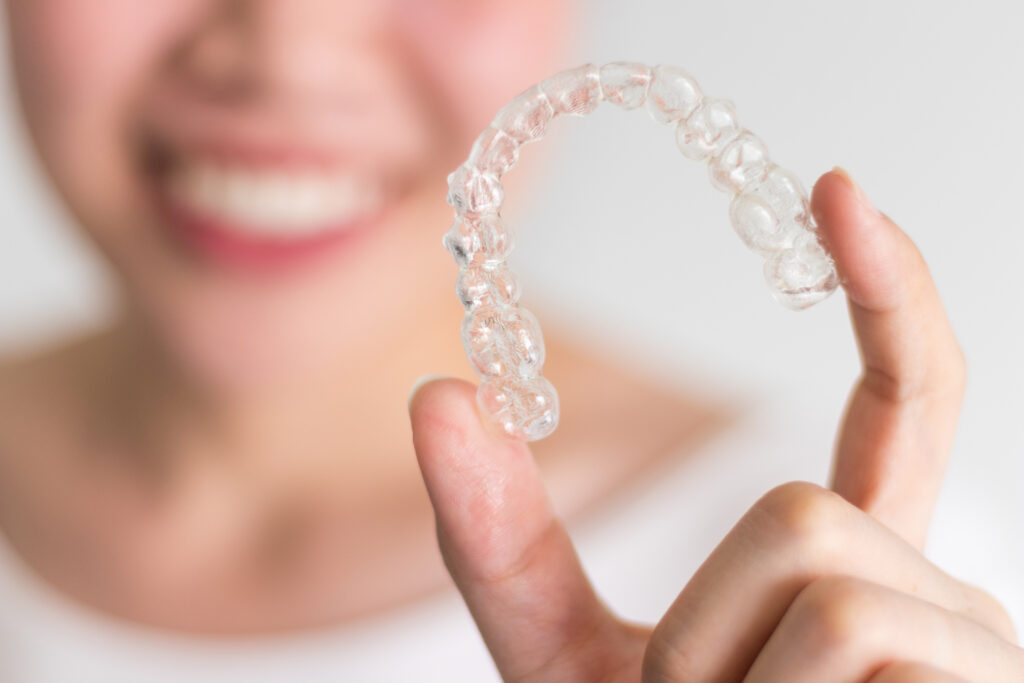
Veneer Smile Makeover with Kane Lim from Bling Empire
Veneer Smile Makeover with Kane Lim from Bling Empire
Close to 180 million Americans are missing at least one permanent tooth, and for many, their smiles and bites are still intact thanks to dental bridges and other tooth restoration techniques. Dental bridges fill the gaps with life-like artificial crowns that closely match your natural teeth. The dental bridge approach can prevent common problems due to lost teeth, such as the movement of remaining teeth, which could affect the efficiency of your bite or change speech conditions.
A visit to Westlake Smile Studio is the ideal way to learn if a dental bridge will solve your missing teeth puzzle. Dr. Mimi Theerathada and her team will examine your teeth and present you with the range of options that are right for you.
Beyond cosmetic concerns, a missing tooth (or teeth) can have a cascading effect on both oral health and communication. Your teeth work together as a set, and each tooth plays a role in your overall ability to speak and chew properly, so any time you lose a piece of this system, problems can develop.
For example, the teeth along the front of your mouth bite while also helping you to speak. Between your teeth, your tongue, and your lips, you’re able to speak clearly and enunciate your words. When you lose a front tooth, either on your upper jaw or your lower jaw, you’ll find that speech is made more difficult.
Your back teeth are essential for grinding up your food before it enters your stomach, and it’s the first step of the digestion process. Inadequate chewing may make it difficult for your gastrointestinal tract to break down food and extract the valuable nutrients you need to fuel your body.
If you’re missing a tooth, or several in a row, a dental bridge, a prosthetic appliance with artificial teeth, uses a superstructure that attaches to your surrounding teeth for support and takes the place of missing teeth.
Because of this support, a dental bridge is a stable solution because it’s bound to teeth next to the open space. Crowns are typically fitted over your existing teeth on either side of the missing tooth, though in some cases, cantilevered bridges can attach to one side only. The bridge contains prosthetic teeth that look and function much like your natural teeth.
Once we put in the bridge, it functions as your natural teeth insofar as chewing and speaking. With the bridge firmly in place, your teeth stay put so you can avoid more severe problems down the road.
Once you’ve decided on a dental bridge, the design and fitting process is straightforward. An impression of your existing teeth and the gaps left by those missing serves as the basis for bridge manufacture. A specialty dental lab custom builds your bridge, and we prepare your support teeth to receive the dental appliance.
When your bridge is ready, you’ll be back for the fitting process. This ensures that your new teeth look as natural as possible and function well by checking that your bite lines up as it should.
Get started on your way back to a full and functional smile by contacting Westlake Smile Studio. Call the office directly or use the Request Now tool on the website to book your consultation.
Sign up for our newsletter so you never miss our latest blog post.

Veneer Smile Makeover with Kane Lim from Bling Empire

Veneer Smile Makeover with Cherie Chan from Bling Empire

Invisalign: An Adult Answer To Straightening Teeth Orthodontic treatment is often thought of as something only children and teenagers need, but the reality is that